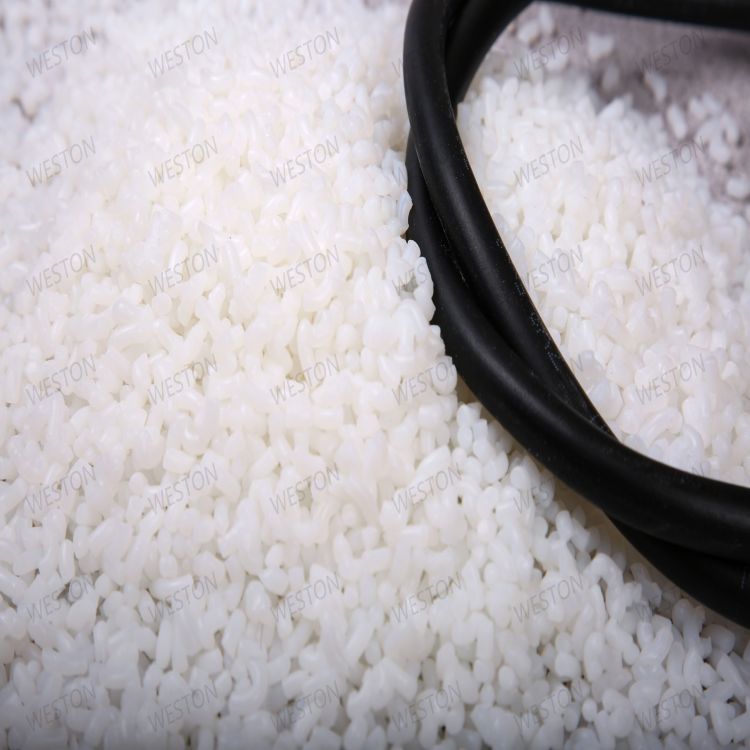-
Categories
-
Pharmaceutical Intermediates
-
Active Pharmaceutical Ingredients
-
Food Additives
- Industrial Coatings
- Agrochemicals
- Dyes and Pigments
- Surfactant
- Flavors and Fragrances
- Chemical Reagents
- Catalyst and Auxiliary
- Natural Products
- Inorganic Chemistry
-
Organic Chemistry
-
Biochemical Engineering
- Analytical Chemistry
- Cosmetic Ingredient
-
Pharmaceutical Intermediates
Promotion
ECHEMI Mall
Wholesale
Weekly Price
Exhibition
News
-
Trade Service
(6) Analysis and testing
1.
(1) Calibration curve
Draw a calibration curve from the measured signal value and the mass concentration of the corresponding standard substance.
Table 5-38 Standard curve parameters
(2) The detection limit of blank experiment and method
At least 2 blank samples should be analyzed for each batch of samples
① The blank value should be lower than the detection limit of the method;
②Below 10% of the standard limit;
③Below 10% of the lowest measured value of each batch of samples
In the blank experiment, the 7 groups of extract blanks were processed according to the requirements of HJ/T299-2007, and all the reagents of the same volume were added in the same volume as the sample processing process to evaluate the possible contamination during the sample preparation process
According to the detection limit calculation formula MDL=SD×t (n-1.
Table 5-39 Blank test and statistical results of detection limit
(3) Method precision
The relative standard deviation in the laboratory of each element of the actual solid waste leachate sample is generally 0.
The repeatability test is carried out on the leachate of a solid waste sample.
Table 5-40 Statistical Results of Repeatability Test
(4) Method accuracy
The spiked recovery rate of each batch of samples should be between 75% and 125%, and the deviation of the measured values of the two spiked samples should be within 20%
A standard recovery test was carried out on the leachate of a solid waste sample.
The average recovery rate of 7 measurements was between 78.
0% and 111%, which met the quality control requirements.
See Table 5-41 for details
.
Table 5-41 Standard addition recovery test
(5) Results presentation
.
For solid waste, when the measurement result is less than 10mg/kg, one decimal place is retained; when the measurement result is greater than or equal to 10mg/kg, three significant digits are retained
.
For solid waste leachate, when the measurement result is less than 10ug/L, one decimal place is retained; when the measurement result is greater than or equal to 100ug/L, three significant digits are retained
.
The content w (mg/kg) of the metal element to be measured in the solid waste is calculated by formula (3):
The content of liquid and non-drying semi-solid solid wastes to be tested is calculated by formula (4) in w (mg/kg):
The determination result p(ug/L) of solid waste leachate is calculated by formula (5):
Where P 1 ——the mass concentration of the metal element to be measured in the solid waste leachate, ug/L;
P 2 ——Calculate the mass concentration of the metal element to be measured in the test sample from the calibration curve, ug/L;
p 0 ——the mass concentration of the metal element to be tested in the blank sample, ug/L;
V——The constant volume of the sample after digestion, mL;
V 1 ——Sampling volume of leaching solution, mL;
V 2 ——The constant volume of the sample after digestion, mL;
m 1 ——the weight of the sample, g;
m 2 ——the mass of the sample after drying, g;
m 3 ——Weigh the mass of the sieved sample, g
.







